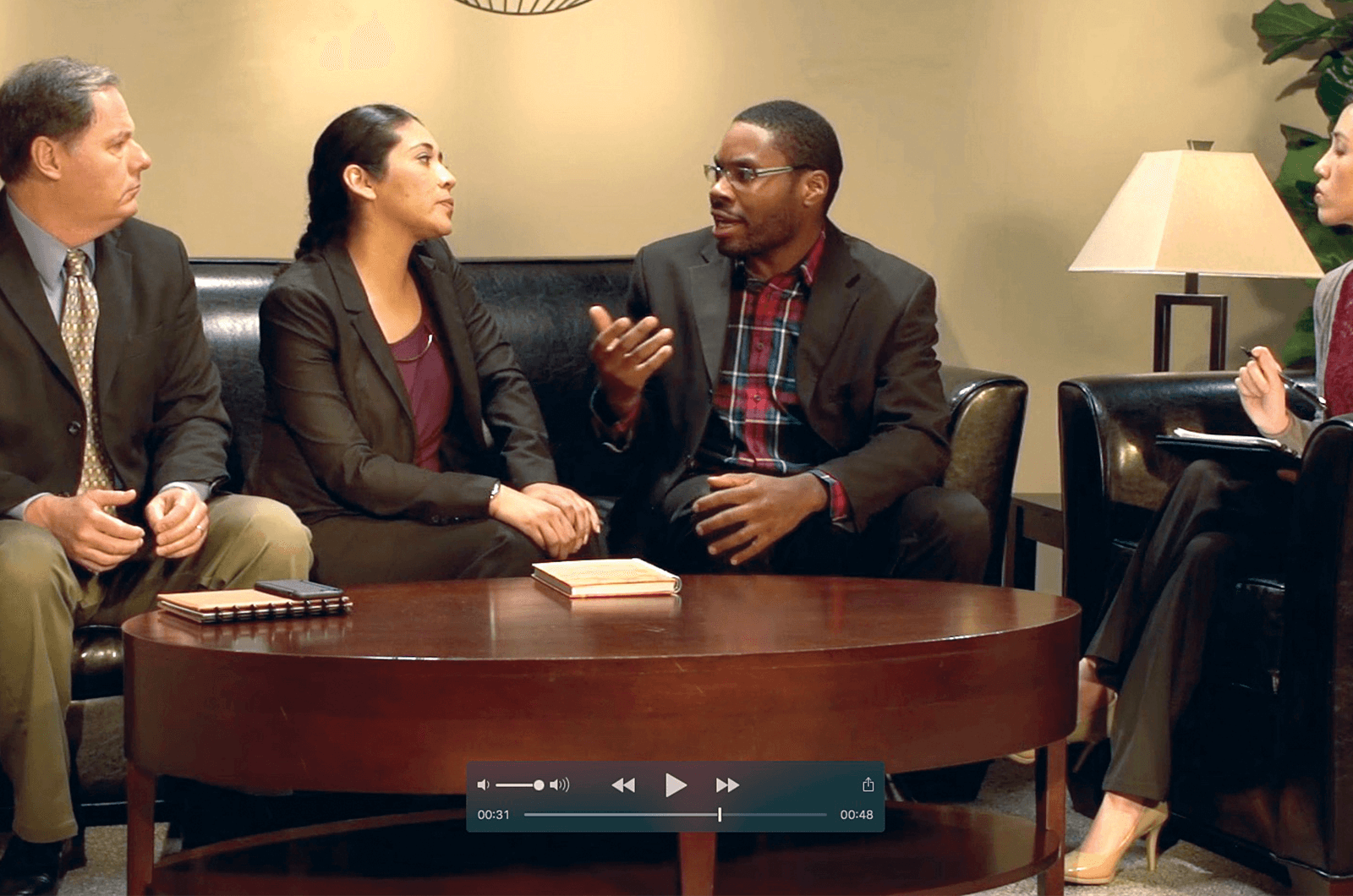
When I worked in finance, I saw my main responsibility as crunching the numbers that would help others evaluate a potential acquisition by our investment firm. The first time I brought my analysis to the executive floor and was asked, “What do you think?” I must have looked like a deer caught in headlights; I had not thought to form an opinion. Sure, I had calculated the answer, but I didn’t think about the decision being made with that information. That is when I learned always have an opinion. It took a little longer to learn that I needed to know when and how to share that opinion.
Different opinions are necessary and valuable; they broaden our perspective, advance our thinking and spark innovative solutions. How we share that difference of opinion can open or close a conversation. Here are three things to remember when you disagree with someone that will ensure a productive and painless exchange.
1 Depersonalize.
Even when you think your opinion is “just business,” you can become wedded to your ideas and form emotional attachments to them. Everyone wants to be right, but a need to be right above all else may lead to favoring information that proves your point—even though it may not be the most accurate information.
There are many reasons you become emotionally invested in your opinions. Perhaps you or fellow club members feel strongly about what is appropriate attire or which topics are too sensitive for club meetings. These disagreements could quickly escalate if everyone sees each issue as personal. When discussing these topics as a group, it is important to keep your emotions in check.
In a work setting, your professional self-worth is founded on your contributions, your impact and the credit you receive. When collaborating with coworkers you may feel competitive or have a difference of opinion, which could result in your inability to separate the person from the problem. When this happens, you may become more concerned with winning the argument than solving the problem at hand.
To disagree effectively, take a problem-solving approach. The person with whom you disagree is not your adversary or your friend; they are simply a colleague or contributor. Try to share credit and responsibility. Depersonalizing a decision can enable you to remove the “win” from the equation and enjoy the exchange of ideas.
2 Acknowledge and add.
Typically, we first agree or disagree with what the other person offered before presenting a counterargument. That often sounds like, “Yes, but ... ” or “You’re wrong. What we should do is ... ” Most of us don’t realize that we are doing this, because during the conversation we are focused on our opinion, not on how we are going to deliver it. People listen best when they feel they have been heard. So, it follows that if you want someone to listen to you, show that you heard them first.
“People listen best when they feel they have been heard.”
You can do this with a technique I call “Acknowledge and Add.” When you implement this approach, you do not dismiss, offend or shut the other person down. You also don’t agree. You simply add. The next time you find yourself having a conversation involving a difference in opinion, try responding with, “That’s an interesting perspective. Another perspective is … ” or “I hadn’t thought of that. What I was thinking was … ” By doing this you’re not discounting or dismissing someone else’s opinion. You’re simply adding your own to the conversation.
3 Use “I agree” cautiously.
It’s obvious why flat-out disagreeing can be a bad approach to getting your idea across. It may surprise you that agreeing with someone can have the same effect. Nothing is wrong with agreeing if you agree with everything a person is saying, but this is rarely the case. You may agree with their first point and completely disagree with their second.
To ensure that what you want to add is not lost, be careful with the phrase, “I agree”—especially at the start of a sentence. When you start a sentence with “I agree,” it doesn’t matter what comes after it. The person speaking heard you say that you agree, which one would assume applies to everything they just said. They will be so busy mentally congratulating themselves that they forget to listen to anything you add to the conversation. Therefore, you want to be careful how you respond so you can successfully communicate your opinion. Place the phrase “I agree” in the middle of the sentence. For example, “On the point you just made, I’m in complete agreement. On this point my perspective is …” Then you have acknowledged their perspective and added your own. When you put the “I agree” in the middle and caveat what you’re agreeing to upfront, they are more likely to hear you.
At work or in a club setting you are expected to form your own opinions, but they must be delivered in a way that feels constructive, not judgmental. The next time you have a disagreement, try these techniques for disagreeing diplomatically. They will enhance collaboration so all participants feel heard, decisions are made based on the best information, and relationships are strengthened.
Michelle Tillis Lederman will be presenting an education session titled "How to Get What You Want: Influencing Others into Action" at Toastmasters’ 87th International Convention, taking place August 22–25 in Chicago, Illinois, United States.




 LEADERSHIP SKILLS: 5 STRATEGIES TO LEAD A TEAM THROUGH CONFLICT
LEADERSHIP SKILLS: 5 STRATEGIES TO LEAD A TEAM THROUGH CONFLICT
 Previous Article
Previous Article